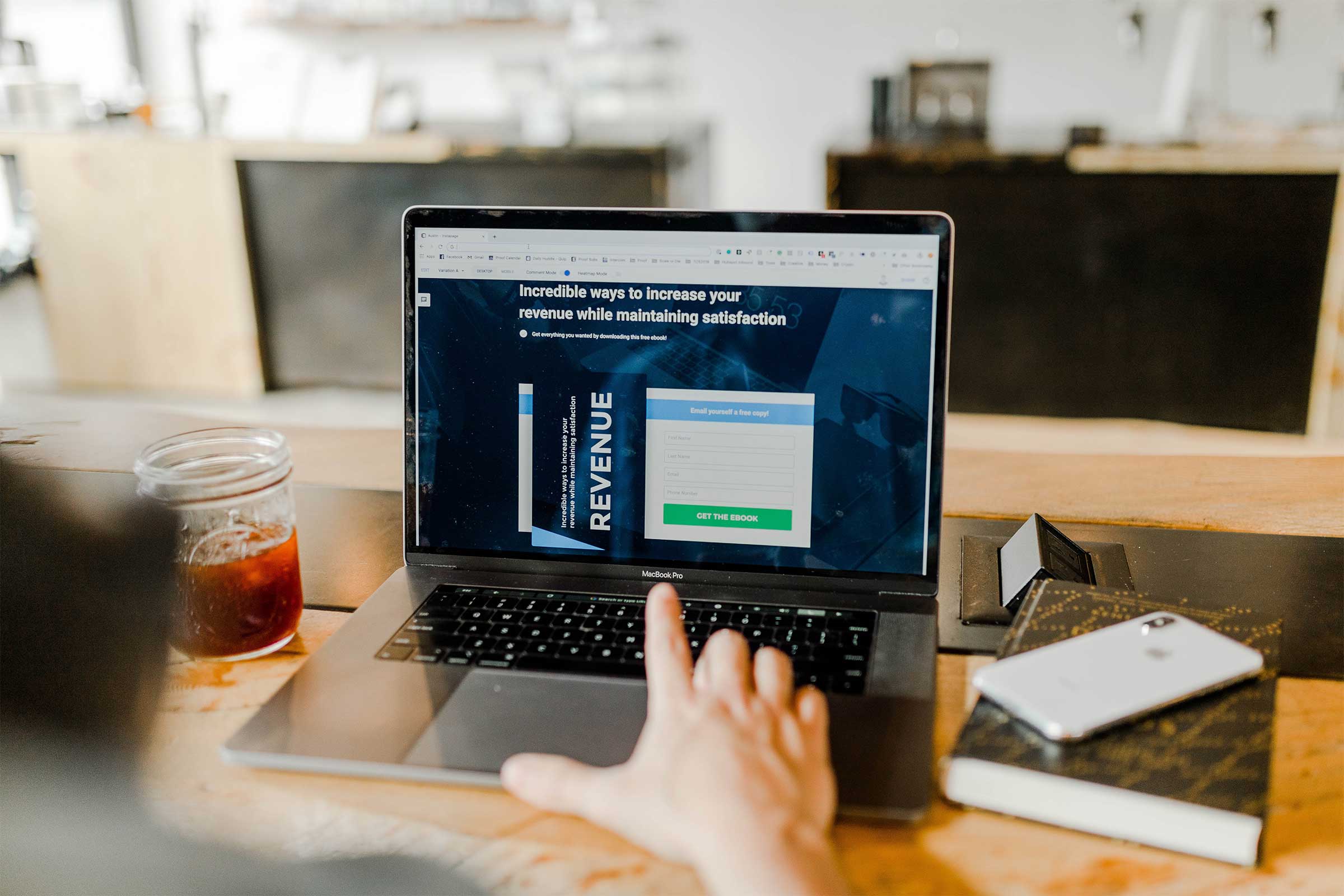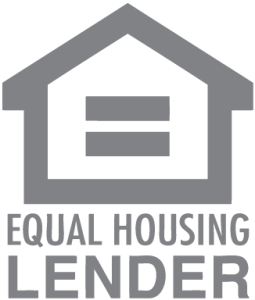Getting Ahead of the Game: Understanding Mortgage Preapproval
If you don’t have enough money to buy a house, you will need to borrow money through a mortgage. The first step in this process is to get a pre-approval for a mortgage. This is a document that shows home sellers that you have the ability to purchase a home and gives you an estimate of your monthly payments and closing costs. It’s important to know how to get pre-approved for a mortgage, so you can prepare for the process and avoid any mistakes that could cause problems later. Getting pre-approved for a mortgage will increase your chances of buying the home you want.
What is a mortgage pre-approval?
A mortgage pre-approval is written verification from a mortgage lender that you qualify for the mortgage amount you’ve applied for, based on a review of your credit history, credit scores, income, and assets. The “pre” in front of “approval” is short for preliminary, which means the lender still has to validate all of your information to issue a final approval before you close.
A pre-approval provides an initial green light for a home loan based on a review of your finances and isn’t a guarantee that you’ll receive final approval. You’ll still need to find a home, negotiate a purchase price, get a home appraisal to confirm the home value supports the sales price and vet the title history to make sure you can safely take ownership of the home.
The difference between mortgage preapproval and prequalification
Mortgage preapproval and mortgage prequalification may be used interchangeably, but there are important differences between the two.
- Getting prequalified for a mortgage is based on a casual conversation about your credit scores, earnings, monthly debt payments, and the funds you have available for a down payment and closing costs. The lender relies on what you tell them without financial documents to back it up and, in some cases, without pulling a credit report.
- Getting pre-approved for a mortgage involves a deeper dive into all the information you disclosed on your loan application verified by documents like paystubs, W-2s, and bank statements. The lender also pulls a credit report from the three major credit bureaus — Equifax, Experian, and TransUnion — to see how you’ve managed your credit over time.
A mortgage preapproval is usually for consumers committed to buying a home. A pre-qualification is for homeownership tire-kickers who want a rough idea of how much they qualify for, but aren’t quite ready to start their homebuying search.
Mortgage preapproval vs. final loan approval
A mortgage pre-approval is like getting a hit in baseball that takes you to second base: You’re about halfway to homeownership, but you’ll need someone else to help you make it to home base, which is final loan approval. With a final loan approval:
- You’ll provide a purchase contract with details about the home you’re buying
- You’ll generally get a home inspection to make sure the home’s components are in good working order
- Your lender hires a home appraiser to verify the home’s value
- Your lender orders a title report to make sure your title is clear of liens or issues with past owners
- Your loan application is completely vetted for accuracy
- Your loan is cleared for closing if all of the above check out
How to get a mortgage preapproval
Most mortgage lenders offer an online mortgage preapproval process, but there are some steps you should take ahead of time to get the most accurate approval possible. Leaving out or providing incorrect information could cause delays later in the mortgage process, and in some cases, result in a loan denial.






 This is not an offer to enter into an agreement. Not all customers will qualify. Information, rates and programs are subject to change without notice. All products are subject to credit and property approval. Other restrictions and limitations may apply.
This is not an offer to enter into an agreement. Not all customers will qualify. Information, rates and programs are subject to change without notice. All products are subject to credit and property approval. Other restrictions and limitations may apply.